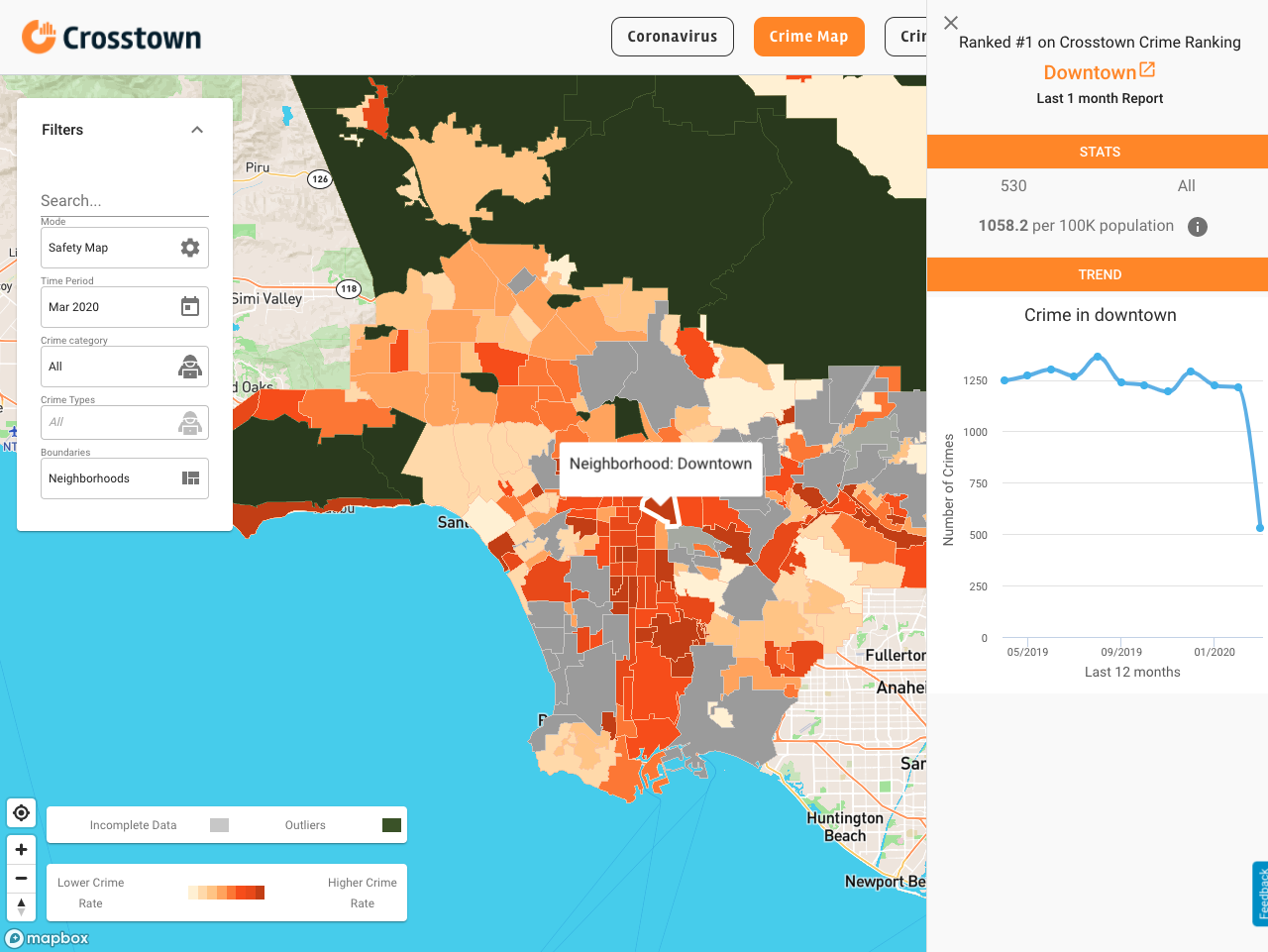Sun is setting on new solar power in Los Angeles

(Image generated with Microsoft Copilot)
This story was produced in partnership with LAist.
Following years of growth, Los Angeles’s solar scene is starting to burn out — with the number of solar permits issued having dropped by dropped by nearly a quarter.
Permits for rooftop solar installations in the city reached a high of 10,513 in 2022, but have since fallen to 7,967 in 2024, a drop of more than 24%. Through the first six months of 2025, there were 3,729. (The data analyzed across all years were city electrical permits classified as solar and noting an installation. Depending on how permits were classified, slight under- or over-counting is possible.)
The drop signals a potential slowdown in what had been red-hot growth in locally produced renewable energy. It’s a trend across California after the state’s utility regulators cut incentives drastically in 2022.
But that incentive cut applied only to the big three investor-owned electricity providers – Pacific Gas and Electric, Southern California Edison and San Diego Gas and Electric. City-owned utilities, such as the Los Angeles Department of Water and Power, were not affected by that change.
So why has rooftop solar adoption dropped in the city limits?

Get stats on crime, traffic, housing and business specifically about your Los Angeles neighborhood. Sign up for the Crosstown Neighborhood Newsletter here.
Cloudy outlook
Customers of the municipally owned LADWP still have a generous incentive to put solar panels on their rooftops: Customers with net energy meters receive bill credits for the energy their solar systems send back to the grid. These compensation rates match the rates customers pay for their energy usage.
Comparatively, new rooftop solar customers in Southern California Edison territory get paid back about 75% less than the rate. While that change has reduced solar panel adoption, it is expanding battery storage, though slowly.
David Jacot, LADWP’s director of distributed energy solutions, said they’re not sure why there’s been such a significant drop in installs, but he offered several theories.
“We think the market is somewhat saturated in terms of early adopters who have the interest and the means and have already largely installed systems,” Jacot said.
He added that rising household costs and inflation, which has raised the cost of solar panels themselves, may also be a factor. Lastly, he said, the changes to incentives at the state level have led to solar companies leaving the state. The Trump administration’s cuts to federal tax credits for solar will also slow adoption, Jacot predicts.
By 2018, LADWP had also phased out past incentive programs and paid out the last of the rebates available to help cover the cost of solar installation. But Jacot said he doesn’t think that’s the reason for the big drop since 2022.
“2022 was the peak, so we don’t think that not having an upfront incentive for solar systems necessarily had anything to do with the recent fall off,” Jacot said.
People who own their home have more of an incentive to get solar because they also pay the electric bills. But more than half of Los Angeles’s residents rent, meaning they would need to get the necessary permissions from their landlord to install solar – and may not reap all the benefits if they move. And many live in a home where the roof isn’t conducive to solar panels, according to Ashley Thomas, a deputy director at the Los Angeles Alliance for a New Economy and co-director of their climate campaign.
“That’s plenty of things stacked against you to have access to solar in the first place,” Thomas said.
LADWP always lagged in solar
The main driver of solar adoption across the state has been high electricity rates, said Severin Borenstein, director of UC Berkeley Haas Energy Institute. And municipal utilities, such as LADWP, have long had lower rates than investor-owned utilities such as Southern California Edison.
“If you just look at LADWP’s rates relative to the investor-owned utilities, they have always been substantially lower,” Borenstein said.
LADWP’s rates are between 19 cents and 38 cents per kilowatt-hour, depending on your consumption tier and time of year. Southern California Edison’s rates are between 27 cents and 72 cents per kilowatt-hour, depending on time of use and climate.
Still, LADWP has far more generous net energy metering than most other municipal utilities, which is surprising, Borenstein said. There was a boost in solar installation as part of former Mayor Eric Garcetti’s “Green New Deal.” but since then political leadership hasn’t pushed for additional solar policy beyond net energy metering.
“ I think that municipal utilities have been much more resistant to generous rooftop solar policy subsidies than the investor-owned utilities, which take their direction from the California Public Utilities Commission,” Borenstein said. “And the CPUC is a statewide political organization and has been much more aggressive in subsidizing rooftop solar.”
But municipal utilities have never been leaders in rooftop solar adoption, “and they aren’t now,” said Borenstein.
The future is battery-powered
As the largest public utility in the nation, LADWP can pull a lot of weight in the transition to clean energy, and has set ambitious goals to run entirely on clean energy by 2035.
David Rosenfeld, the executive director of the Solar Rights Alliance, a statewide non-profit supporting solar users, worries that the slackening pace may jeopardize the city’s odds of meeting its goal of running entirely on clean energy a decade from now.
“The threat of more barriers and penalties is a real one,” Rosenfeld said. “We’re just very, very concerned that California is turning its back on one of its crown jewels.”
Rooftop solar can help with that while also reducing the need to build massive solar farms in the desert. In Los Angeles, solar panels on rooftops, mostly people’s homes, currently supply about 7% of the city’s total energy use, said Jacot.
The city doesn’t have a power generation problem. Despite more electric vehicles and hotter heat waves, Los Angele’s energy demand hasn’t gone beyond the peak of 6,500 megawatts it hit in 2017. That’s largely thanks to energy efficiency, conservation efforts, more rooftop solar, and new technology such as smart thermostats.
Power outages in the city are primarily due to equipment along the distribution lines overheating. Despite record-breaking heat waves in recent years, “ we had no widespread power outages from the standpoint of having insufficient power,” said LADWP’s Jacot.
But Jacot said the utility is now turning its focus to residential batteries.
“ Frankly, we don’t want to encourage solar-only projects at this point, we really want to get the batteries,” he said.
That’s because electricity demand goes up as the sun sets – just when solar panels stop generating power.
Before the end of this year, Jacot said LADWP will launch a new battery incentive program through the state-funded Self Generation Incentive Program to help low-income homes install solar plus battery storage. LADWP will distribute more than $30 million in incentives.
And that shift to batteries will also likely lead to a change in LADWP’s net energy metering, similar to what the state has done.
“The net energy metering program that we currently have will most likely get revisited in our next power rate action, but we don’t have any timeline on exactly what that’s going to look like,” Jacot said. “ In the meantime, we can pursue what we’re doing on the battery side while NEM [net energy metering] is currently operating as is.”
How we did it: We examined more than a decade of electrical permits filed with the Los Angeles Department of Building and Safety in order to chart the number of requests for new solar installations.
Have questions about our data? Or want to know something more? Write to us at askus@xtown.la






